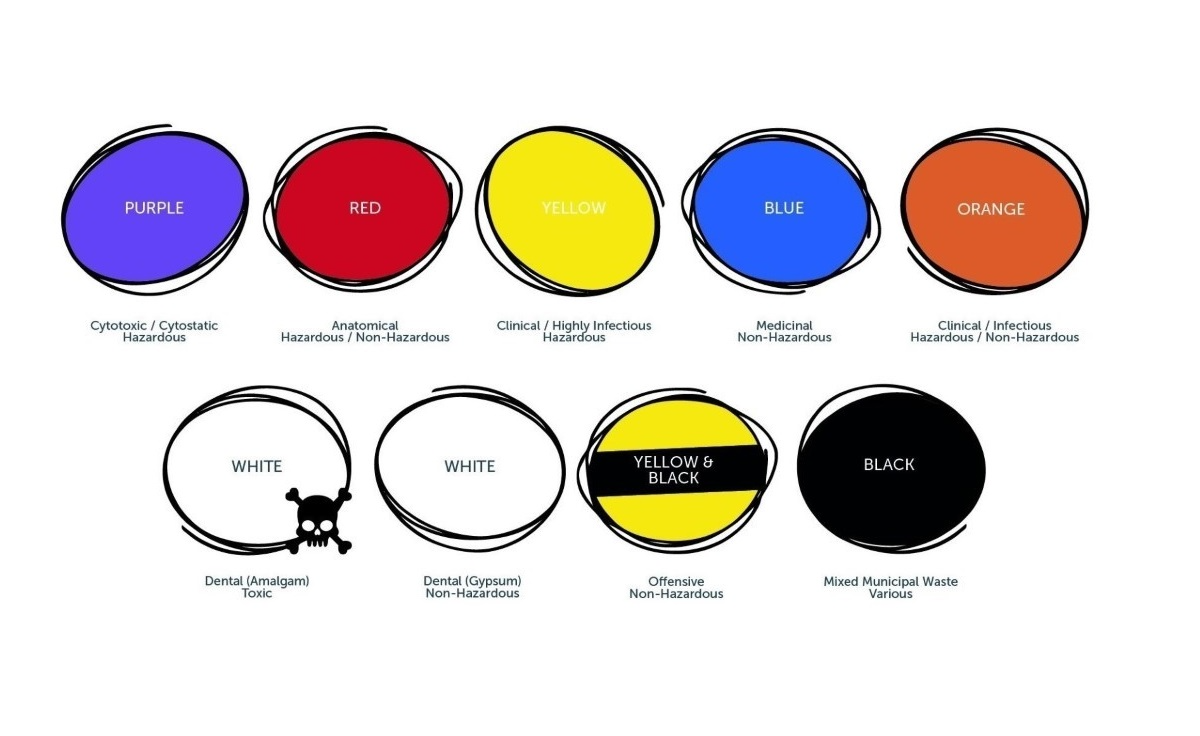
10
Aug
2016
As part of Initial Medical’s ‘Follow the Colour Code’ blogs, here we look at yellow…
One of the three primary colours, yellow is associated with optimism, happiness, creativity, confidence and enlightenment; in Japan it signifies courage. The most luminous and psychologically the strongest colour in the spectrum, it is believed to lift spirits, stimulate mental processes and activate memory. Yellow is naturally found in various flowers, fruits and vegetables, and it is the colour of traditional post-it notes – which was apparently a complete accident and the result of simply there being some yellow scrap paper lying around!
On the other hand, yellow is thought to be the most irritating colour due to its excessive eye stimulation. It is also the colour used to signal caution as well – in car racing, football, school buses in the US – plus yellow is representative of ‘greed’ in Christianity and a sign of mourning in Egypt.


For UK providers of any cosmetic or aesthetic procedures, bright yellow is also the colour of clinical and highly infectious waste.
As part of the best practice colour coding protocols for safe waste segregation and disposal set out by the Department of Health Safe Management of Healthcare Waste Memorandum, all waste products that pose a high infection risk must be discarded into yellow bags or containers. This type of waste is almost always classed as hazardous and includes any waste contaminated with body fluids that has been produced from the treatment of infectious patients, or those suspected of having an infection.
Items in this category and classed as ‘yellow’ waste include the following list when infection is present during their use.
Soft waste includes:
Produced during cosmetic treatments, particularly surgical procedures, yellow soft waste has a high potential of harbouring infection and disease. The high risk of infection could be identified following a local case of MRSA, an outbreak of C.difficile infection on the premises or even an infection the patient themselves carries and is aware of. All such situations will render any protective clothing, dressing materials or tubing that may have come into contact with the infection, as yellow, highly infectious clinical waste.


Sharps waste includes:
Any sharps that may be produced, such as those used when providing dermal fillers, for example, must be disposed of into yellow lidded sharps containers.
In the UK, all movement of waste requires a paper trail. As such, it is important that the correct documentation is completed and handed to licenced contractors in order to fulfil legal obligations upon collection.
Hazardous waste, such as that coded yellow, requires a Hazardous Waste Consignment Note (HWCN). This will include information on the cosmetic clinic producing the waste and its premises code, as well as details of the waste itself including a description of the contents, the quantity of waste contained and information on the packaging. Codes must also be included here as required for the Department for Transport. The final documents are filled in by your service technician on the day of collection, with a signature from the relevant professional handing over the waste and again when the waste is consigned for final disposal.
At this point, ‘yellow’ clinical and highly infectious waste is sent for disposal by incineration. This is the most commonly used high temperature treatment for infectious waste but other technologies do exist such as pyrolysis and gasification. The steam generated from this heating process can sometimes be used for heating buildings near the incinerator itself.
Hey, wait!
Before you go.....
Let's stay in touch, pop your details here and we'll send our editor's hand-picked updates on your fave subjects.